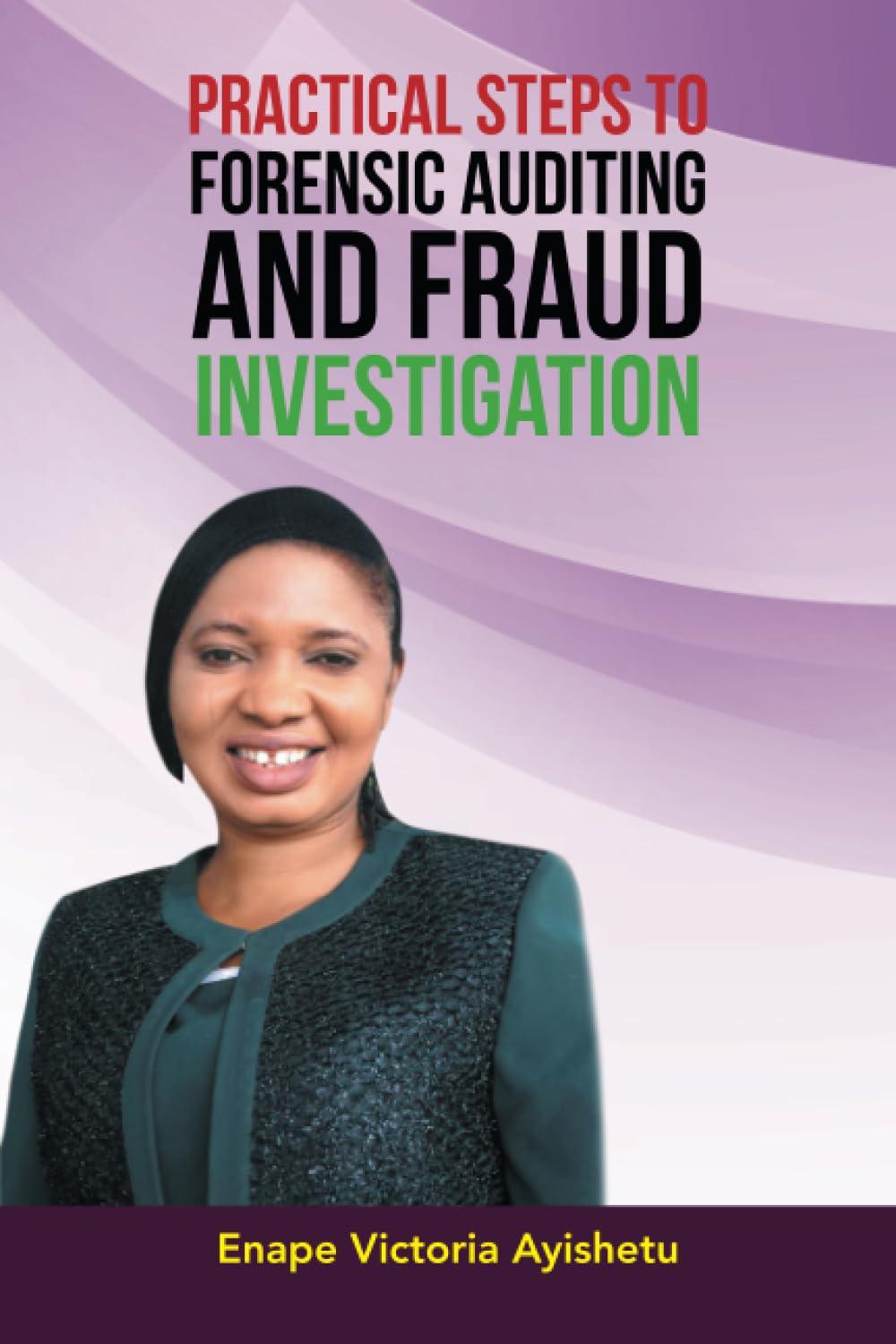23. Prior to beginning the fieldwork on a new audit engagement in which the audit team does not possess expertise in the industry in which the client operates, the audit team should A reduce audit risk by lowering the preliminary levels of materiality B. design special substantive tests to compensate for the lack of industry expertise C engage financial experts familiar with the nature of the industry D obtain knowledge of matters that relate to the nature of the entity's business. 24. An auditor who discovers that client employees have committed an illegal act that has a material effect on the client's financial statements most likely would withdraw from the engagement if A the noncompliance is a violation of generally accepted accounting principles. B. the client does not take the remedial action that the auditor considers necessary C the illegal act was committed during a prior year that was not audited. D. the auditor has already assessed control risk at the maximum level 25. Elliot Corp. purchased Roger Corp. Prior to the purchase, Elliot hired Adam & Co. to audit Roger's financial statements. During the audit, Adam failed to discover a fraud that resulted in material misstatements in Roger's financial statements. After the acquisition, the fraud was discovered, and Elliot Corp. suffered substantial losses. To sue Adam& Co, Elliot must prove that Adam A. Acted recklessly or with lack of reasonable grounds for belief B. Knew of the instances of fraud C. Failed to exercise the appropriate level of professional care. D. Demonstrated gross negligence. 26. N. Lauren hires D. Humphrey, CPA, to audit her financial statements. The engagement letter includes a statement acknowledging that audited financial statements will be provided to Key Largo Bank for a loan. Humphrey completes the audit and issues an unqualified opinion. Based on the audited financial statements, Key Largo Bank approves the loan to Lauren. Four months later, Lauren files for bankruptcy. Key Largo Bank would most likely sue Humphrey claiming that A. It was in privity of the contract B. It was a primary beneficiary C. It was a foreseen party D. It was a foreseeable party 27. An audit team's responsibility would not include A. Designing client's internal controls B. Documenting an understanding of a client's internal controls C. Communicating internal control deficiencies. D. Assessing the effectiveness a client's internal controls







